Home \ Low Carbon School Pilot Project \ Ecological Education: Explore Pudacuo National Park together!
Pudacuo National Park in Shangri-La, with a total area of 1,313 square kilometers, has a cold temperate mountain monsoon climate due to the high plateau. There are 2,275 species of seed plants belonging to 568 genera in 140 families, including 74 species of mammals belonging to 23 families in 8 orders, 297 species of birds belonging to 58 families in 19 orders, 11 species of reptiles belonging to 5 families in 2 orders, 13 species of amphibians belonging to 5 families in 2 orders, and 17 species of indigenous fish. It is a key biodiversity conservation area in China and even in the world, a world-class gene bank of species with global conservation value.
At the same time, Pudacuo National Park is also the center of the "Three Parallel Rivers" World Natural Heritage in northwest Yunnan. It is composed of Bitahai Nature Reserve, an international important wetland, and Zhudu Lake Scenic Spot in Haba Area, a "Three Parallel Rivers" World Natural Heritage. Bitahai Lake, Zhudu Lake and Militang Subalpine Ranch are the main components, and it is also one of the main tourist attractions in Shangri-La.

On July 28, 2022, the Research Center of Travel and Nature Education Research of the School of Geography and Ecotourism at the Southwest Forestry University and the EU-Humana Yunnan Low Carbon School Pilot Project team carried out a three-day ecological nature education activity in Pudacuo National Park.
A total of 37 people participated, including teachers and students from Shangri-La No. 1 High School, the Visitor Services and Special Business Development Departments of Pudacuo Tourism Branch, the 21st Century English Newspaper and students from Yunnan University High School.
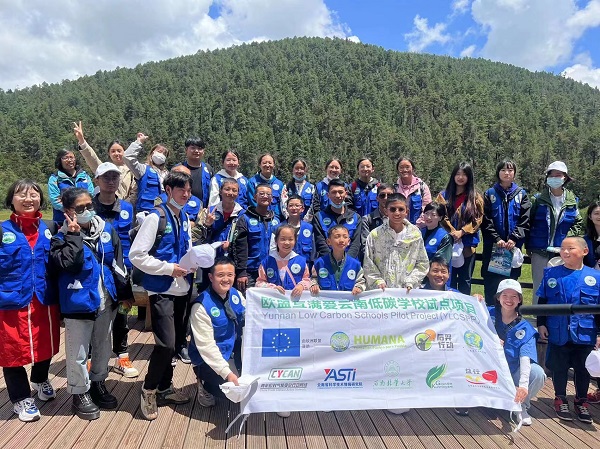
Based on the British Lucasian model of environmental education, the nature education programe combines project-based learning with experiential learning, and includes theoretical courses such as "ESV in the Wetlands", "Moss" and "Stones that Tell Stories", practical experience courses such as "Water Quality Testing", "Meadow Biodiversity Survey" and "Making Nature Microscapes", as well as activities such as "Outdoor Camping" and "Bonfire Night".
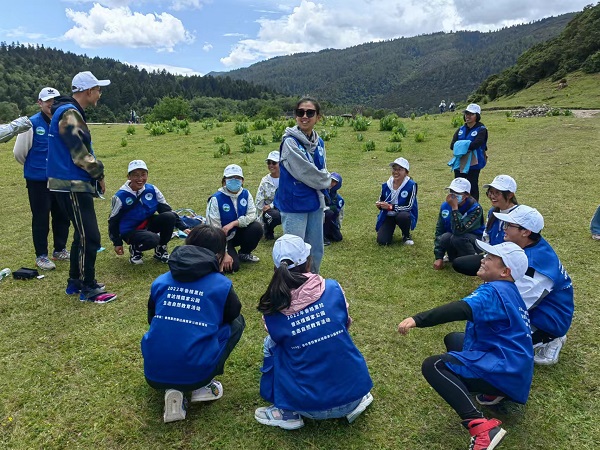
During the program, Liu Xi, the EU-Humana Yunnan Low Carbon School Pilot Project Coordinator, and Nie Fanxi, a Project Officer, respectively introduced the contents of forest carbon sink and the basis of climate change. In Pudacuo, by leading the students to decipher the plateau wetlands and explore the national parks, we can experience the local natural scenery and cultural customs, and at the same time, we can learn a lot about the concepts and awareness of sustainable development of ecology, low carbon and carbon footprint.
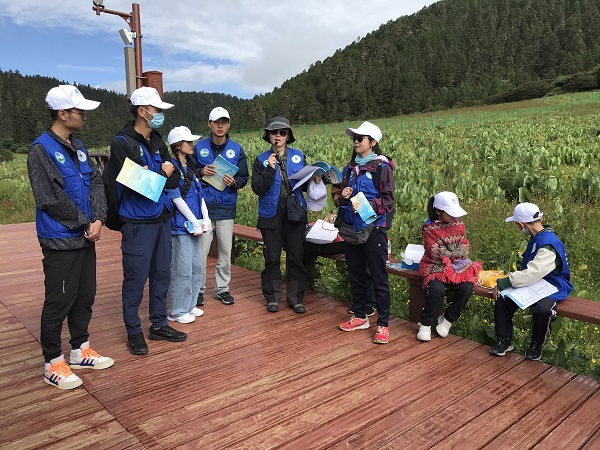
In addition, combined with the national "double-carbon" strategy, the whole activity advocated the concepts of green, environment protecting and low carbon life style, and made students understand their carbon footprint and strengthen their low-carbon thinking by means of recreation, recording and observation.
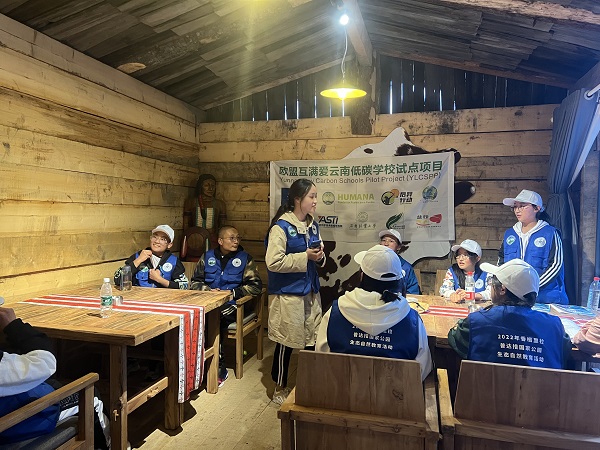
Combined with the abundant landforms and natural resources of Pudacuo Park, the students have a deeper understanding of the ecosystem and wetland system.
Ecosystems are dynamic and complex functional units formed by the interaction of plants, animals and microorganisms with their surrounding inorganic environment. The WETLAND ECOSYSTEM is a unified whole composed of wetland plants, animals, microorganisms and their environment.
The wetland ecosystem belongs to the water ecosystem. Wetland is the most vital ecosystem on the earth's surface. It is known as "kidney of the earth", a species repository and climate regulator. It plays an irreplaceable role in protecting ecological environment, maintaining biodiversity and developing economy and society.
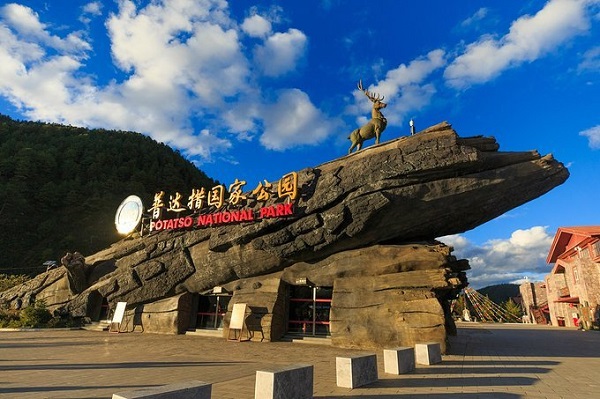
Pudacuo National Park is internationally recognized as a successful ecological protection model. In 2017, the state issued the "Overall Plan for Establishing a National Park System", emphasizing that national parks not only have ecological protection functions, but also have comprehensive functions such as scientific research, education and recreation. This confirms the nature education function of national parks at the national level, and also means that promoting nature education has become the mission and responsibility that national parks must undertake.
Three days of ecological nature education activities, from geography, biology, science, nature and other fields in primary and secondary schools to Tibetan social, ethnic and economic fields; On the spatial scale, it began to expand from focusing on Pudacuo National Park to focusing on the global ecological environment; On the time scale, primary and secondary school students are not only concerned about the contemporary problems of Pudacuo National Park, but also about the future development, personal carbon footprint and national carbon emission strategy.
Photo source: Low Carbon Project Office assistant Zhao Zhifu
Some of the images are from the Internet
Source: https://baike.baidu.com/item/%E6%99%AE%E8%BE%BE%E6%8E%AA%E5%9B%BD%E5%AE%B6%E5%85%AC%E5%9B%AD/4566758
Project introduction:
Yunnan Low-carbon Schools Pilot Project is funded by the European Union and implemented by the People to People Foundation (Spanish member of HPP) in cooperation with FAIHPP (Switzerland) Yunnan Representative Office, Yunnan Academy for Science and Technical Information, Southwest Forestry University, Chinese Youth Climate Action Network, Green Kunming (Kunming Environmental Popular Science Association) and Kunming Good Deed Public Welfare Community Development Service Center with a project cycle from January 1, 2020 to December 31, 2023. The project begins by increasing partners’ awareness and advocacy on climate change mitigation and environmental protection, by raising climate change awareness among 600 schools, 70,000 students and teachers, determine the emission benchmark through basic calculation, and then implement emission reduction work in 50 Carbon Compliant Pioneer Schools. Use science, technology, innovation and other means to respond to “climate action” to accelerate environmental sustainability and promote the transition from green campuses to low-carbon and carbon-neutral campuses.
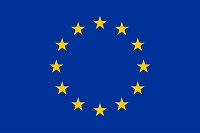
The project is funded by European Union.

Any views or opinions presented are solely those of the author, and do not necessarily represent those of the donor.